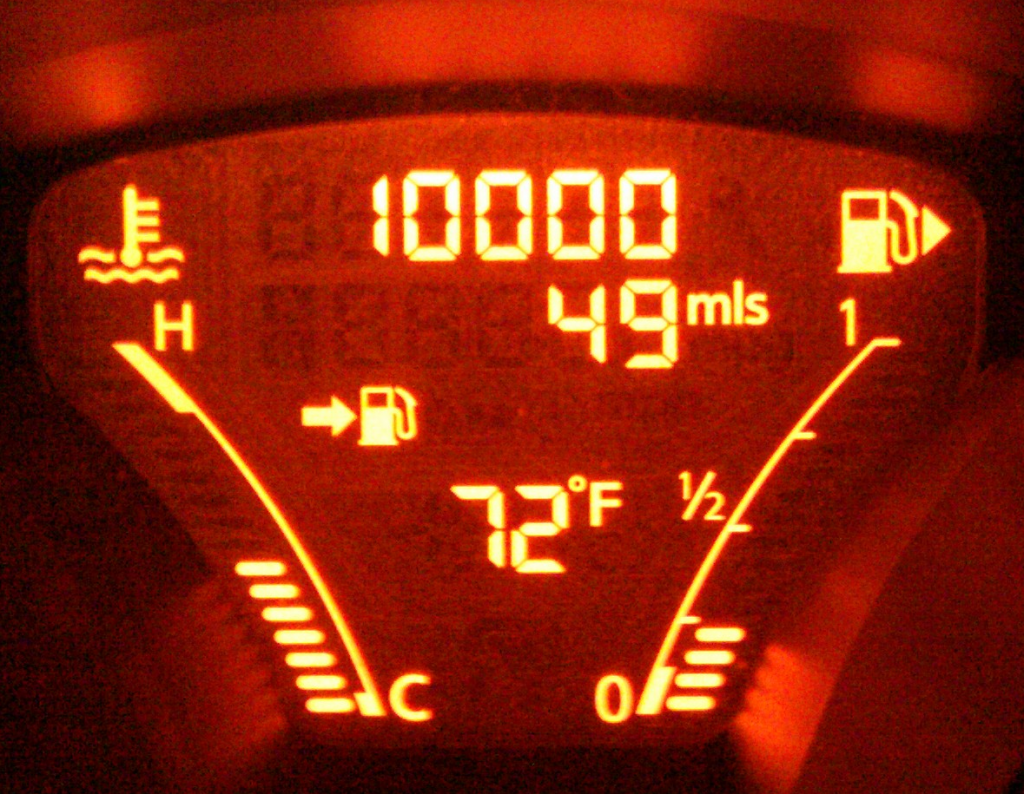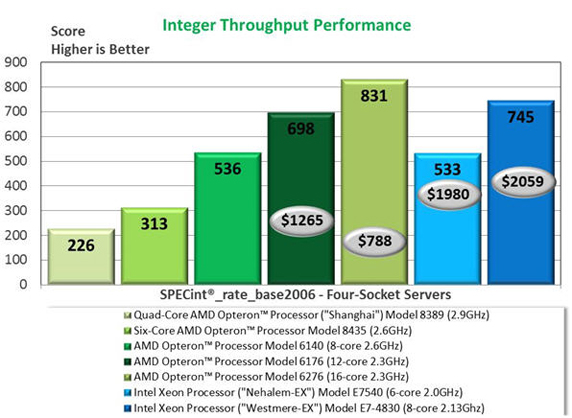It’s about 85 hours until I start my next road trip up to Seattle, I have been thinking about it and I think this is my most anticipated “vacation” I’ve gone on in as long as I can remember. I will be having a lot of fun during the 3 short days I will be in town for.
My next trip is going to be to Atlanta, which is in less than a month. I’m going to visit one of the largest data centers in the world, to install some equipment for my company. I visited a smaller data center outside of Seattle that weighed in at around 500,000 square feet, though I only saw a small portion of it, never really got to see the scale of the place because it was very closed off(the portion I was visiting was sub leased by Internap). Maybe they expanded it recently since they claim 1.2M square feet of data center space now….
So if you have any suggestions for places to eat or drink or hang out while I’m in Atlanta let me know, I’m not sure yet how much spare time I’ll have or how long I’ll be in town for. I have one friend in Atlanta that I plan to see while I am there, he said he thinks he has some equipment in the same facility.
Now a short update on my car. One of my friends said I should post an update on my car situation given that I bought a new car earlier this year, an uncommon one at that. It’s been almost 9 months and 10,000 miles.

10,000 miles on the odometer
The Good
It’s still very fun to drive, the torque vectoring all wheel drive corners like nobody’s business, really grips the road good. It’s very easy to park, being smaller than my previous SUV, and the rear parking camera helps a ton as well in that department. I routinely park in spots I would never even CONSIDER even TRYING to park in with my previous vehicle (which was a 2001 Nissan Pathfinder). I have had no issues with the car to-date.
The Bad
Nothing major. I suppose my biggest complaints for day-to-day use is the user interface to the stereo system. It’s only crashed once which is nice. My main complaints revolve around MP3 meta data. The stereo does not remember any of the meta data between restarts, it takes about 3-4 minutes to re-generate the meta data from the ID3 tags after a restart (it does pick up where it left off when it starts as far as music goes though — although song ordering is messed up at that point). The user interface also becomes completely unresponsive for a good four seconds when a new song loads so it can load the meta data for that song. I don’t know why this is, I mean my $40 portable MP3 players do a better job than the car stereo does at this point. The Garmin-powered navigation works quite well though. I also cannot access the video inputs when the car is not in park, which is annoying. I read on some sites it’s state law that you can’t do things like watch DVDs while driving so they have a connection to the parking brake that disables the video when the car is not in park. What I’d like to see more though is the rear camera on the road though, I think it would give a good viewing angle for changing lanes but I can’t get to that either.
Another minor complaint is my sub woofer in the trunk. It sounds awesome, it’s just a whole lot bigger than I was expecting when I asked Car Toys to install it. I really thought it was going to be flush with the floor allowing near full use of the trunk. But it is not flush it sticks up quite a bit, and thus I lose quite a bit of trunk capacity(the trunk as-is is already really small). For the most part it’s not a big deal though I rarely need the trunk. I have gotten used to using the back seats for my shopping.
I was really worried when I was moving to California, if I would have enough space for the last of my crap after the movers left(and my two cats). With the back seats down though I had more than enough space(was I relieved!).
The sound and navigation system(and backup camera) was all after market(which I paid a lot for), so it’s not really related to the car directly since it wasn’t included with the car.
Another minor complaint remains the lack of an arm wrest but I often rest my elbow on the passenger seat. Also the “tounge” of my sneakers have a habbit of triggering my gas cap to open when I leave the car on occasion.
The biggest drawback to buying a new car and moving to California less than a year after I bought it was .. buying a car and moving to California less than a year after I bought it.
I took my sweet time to register my car in this state, I didn’t check to see what the laws were but thought I had something like 60-90 days or whatever. In any case I didn’t register it until later, the last week of October to be precise. Technically I have 20 days to register the car I learned.
So what was my registration fees ? I asked my sister and she said “$49?” Not $49, not $99, not $299, not $599.
About $2,200. I think the actual registration was around $200. Then I had another $200 in late fees, THEN I had $1,500 in sales taxes (?!) Apparently the law in California now says that if you buy a new car and move here less than a year afterwards you have to pay CA state sales tax on the car (minus any taxes you paid in the origin state). A YEAR. The DMV person said it used to be 90 days, but they recently extended it to a year. That, of course I was not expecting at all. I showed them my original receipt and apparently I paid about $400 in WA state sales tax, and I owed CA nearly four times that. That certainly seems unfair, both to me and to WA. Not only that but they backdated my registration to August.
Apparently my CA drivers license which I had when I moved to WA in 2000 expired in 2003, so when I went to get a new drivers license they said it was technically a renewal instead of a new license so the test to take was shorter (which I barely passed, missing 3 out of a maximum of 3 questions, another person in front of me missed quite a bit more, she missed about 10 of 20 questions total).
I’ve kept my WA state plates on for now since I’m going back to WA this week for a few days.
I suppose the gas mileage isn’t as high as I was expecting it was going to be, with an official rating of 27 city, 32 highway I think I get closer to 20-21 city, and maybe 25 highway. It’s not a big deal though I didn’t buy this car thinking it would be a hybrid, it still gets quite a bit better milage than my Pathfinder which on an absolutely perfect day on the highway would get about 19.9, city I’m thinking more 10-12 range (premium gas for both). I push my Juke much harder than my Pathfinder, getting up to 3-4500 RPM on a regular basis, sometimes even 5,000+. I don’t think I ever pushed my Pathfinder beyond 4,000 RPM (didn’t try). I waste quite a bit of gas as the Juke encourages me to drive faster, that’s fine for me though I don’t mind.
The Funny/Strange
I’ve run into probably 15 other Jukes in my travels in the past 9 months. It’s strange because when I have someone in the car with me and I see a Juke I point it out, and get pretty excited. I see others do the same to me quite often as well (assuming they are in a Juke too). I haven’t seen any in California for a month or so. One day I saw at least two the same day.
Lots o Miles
So even though I walk to work every day (I live 0.4 miles from the office), I still managed to put on quite a few miles so far, and about to put a whole lot more on. With about 2,000 miles to/from Seattle, and may be making a 2nd trip next week to Orange County which is about another 1,000 miles total.
So much for that ‘short update’ huh!

